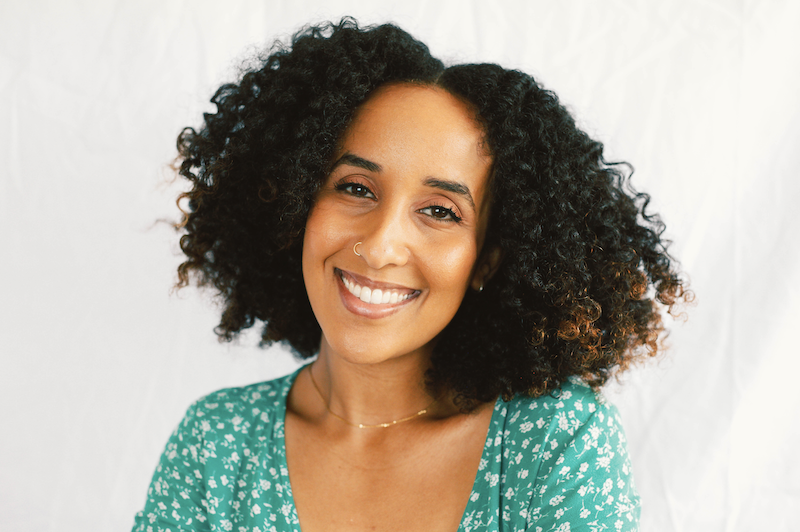Frying a Pancake for Breakfast

One of the most incredible attributes about the humble pancake is how versatile cooking it can be. Often, when we imagine that iconic stack of pancakes, they’re golden brown and fluffy, with just a slight crisp around the edge. We all have our favorite methods to cook this breakfast dish, but the most common way to make pancakes is to fry them. The only issue with that is, frying a pancake can take many forms. Since flapjacks are our pride and joy, we thought it would be beneficial to share what exactly frying a pancake means and the various ways to do it.
What is Frying?

The magical part about cooking is how a slight modification of heat, or fat, can lead the same food to drastically different results. Before we get into the different methods of frying a pancake, let’s start by defining the key word. Frying is defined as the method in which food is cooked in oil or fat. There are several ways to fry food so let’s further define what those methods are.
- Stir Fry: Typically frying fish, meat, or vegetables in a lightly oiled pan, while stirring continuously.
- Pan Fry: Frying food in a small or minimal amount of hot oil or fat.
- Deep Frying: Frying food in a large amount of hot oil or fat, in which the food is partially or completely submerged.
How to Fry a Pancake
When most of us cook our signature pancake recipes, we often use the pan fry method.
Becoming synonymous with the quintessential style of American pancakes, a minimal coat of oil, or butter, graces the hot pan and is shortly ready to greet the thick batter. In the spirit of this method, below are some key tips that will ensure you produce the same delicious batch, each and every time.
- Use A Flat Pan: The ideal pan for cooking pancakes is one that provides a flat bottom surface and enough width for even cooking. Any griddle, non-stick, or cast iron pan meeting those requirements would work fine.
- Vegetable Oil or Butter: Since the pan will be hot for an extended period of time, it’s best to use an oil, or fat, with a high smoke point. Canola oil and clarified butter are the most recommended fats to use for frying pancakes.
- Moderate Heat: Allow pancakes enough time to cook evenly by setting the temperature to medium heat.
- Keep Batter Fresh: While it’s absolutely possible to use refrigerated or frozen batter, the best pancakes are made with freshly mixed batter.
Deep Frying a Pancake
While this may not be a method you’d cook too often, a deep-fried pancake is definitely worth a try and deserves an honorable mention. Have you ever imagined what would happen if a donut and pancake were to cross paths? It would probably be at the intersection of crispy, delicious, and fluffy. As we mentioned, deep frying describes food that has been partially or completely submerged in hot oil to create a crispy, crunchy layer on the outside, with a soft and airy texture on the inside.
What You’ll Need
- Vegetable oil
- Deep pan or medium pot
- Pancake batter
Preparing to deep fry pancakes isn’t all that different from how you’d normally cook pancakes. The only difference is using a deeper pan, or pot, and adding more oil. Below are some guiding steps to help you deep fry pancakes.
- As you add oil to your pan, set the stove temperature to medium-low to allow the oil to gradually heat up. A great way to determine when the oil is ready is to place a wooden spoon in the oil, and wait to see subtle bubbles begin to form around the utensil.
- Using a pancake batter of your choice, gently pour the batter into the hot oil and wait until the pancake turns a crispy golden brown. Once the pancakes are done, take them out and place them on a plate with a paper towel to soak up any excess oil.
Whether you’re frying a pancake for breakfast or dessert, this iconic dish continues to prove just how multifaceted it is. A great way to keep track of pancakes, in all their forms, is to use Morsel. Document your recipes and discover which is better, pan or deep-fried?

Aida Solomon is a digital marketing specialist who’s passionate about bringing her creative ideas to life. As an avid homecook, Aida loves to explore the way food has the power of bridging the world together. When she’s offline, she loves to travel through new recipes, and run long distances — paying homage to her Ethiopian roots.
